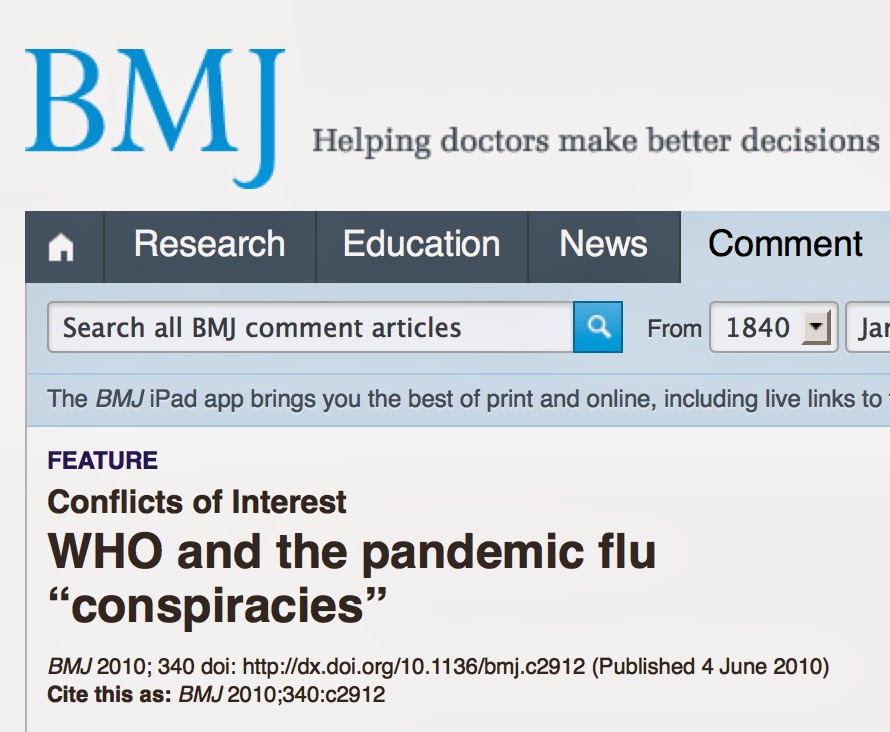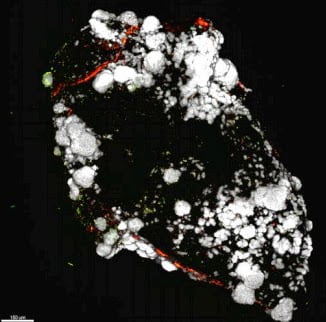Above and Beyond Antibiotics

Antibiotics are not enough to treat Lyme disease according to a new study in mice by Columbia University. Doctor Brian Fallon, director of the Lyme and Tick Borne Diseases Research Center at Columbia University, conducted a shocking experiment. The experiment was with lab mice that were infected with spirochetal bacteria (the underlying cause of Lyme disease). The mice were treated with antibiotics and later exposed to non-infected ticks. The ticks, after being exposed to the antibiotic treated mice still became carriers for the infection. The findings pointed to the fact that antibiotics don’t cure Lyme disease. We understand that studies in mice do not always correlate to human studies but in over a decade of treating Lyme disease patients this data matches exactly what we have found clinically in our practice. Antibiotics are not enough. However, our medical group has discovered a revolutionary solution for patients to improve their quality of life.
We have found that Biofilm impedes the ability for antibiotics and other treatments to help patients. Biofilm is any group of micro-organisms whose cells stick to each other on a surface, kind of like a slime that protects infections. New research according to the University of New Haven suggests that Biofilm is protecting the Lyme disease spirochete from antibiotics and any therapy not containing a method to strip this biofilm may prove to be inferior. This is why a more comprehensive approach to medicine and treatment is required to help patients with Lyme disease. We have found a targeted method of delivering antibiotics and penetrating the biofilm makes treatment much more effective for our patients.
There are many other reasons why antibiotics alone are not enough to cure Lyme disease. One reason is that most patients have multiple infections including viral, fungal and parasites along with other co-infections of tick borne illnesses – antibiotics only fight bacteria. Another reason is that some patients are immune compromised to begin with and they have other functional medicine disorders which predispose them to developing chronic Lyme disease complex – antibiotics do not strengthen the immune system. Bottom line, patients need a more comprehensive treatment plan to better combat the disease.
The CDC and infectious disease community have been underplaying this disease for decades by claiming that all a patient needs is antibiotic to be cured. The data from Columbia University flies in the face of the current treatment philosophy for Lyme disease but our group agrees with the findings and has made the appropriate adjustments to help patients. Most patients follow the standard recommendations that have been set forth by the CDC.The CDC claims on their website, “Most cases of Lyme disease can be treated successfully with a few weeks of antibiotics.” They also say, “Approximately 10-20% of patients (particularly those who were diagnosed later), following appropriate antibiotic treatment, may have persistent or recurrent symptoms and are considered to have Post-treatment Lyme disease syndrome (PTLDS).” Based on the study from Columbia University, those numbers might be much greater than stated by the CDC, and these patients might resurface with fibromyalgia, chronic fatigue syndrome, rheumatoid arthritis and other autoimmune diseases. In our clinical experience a high percentage of patients that we come across have chronic infections that are untreated.







